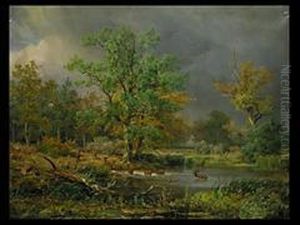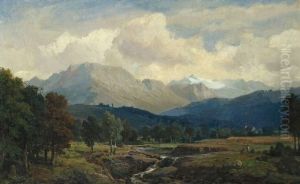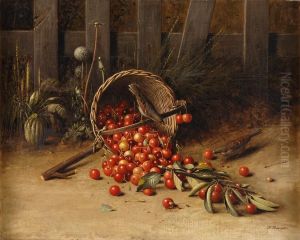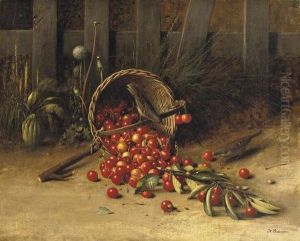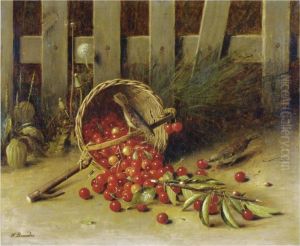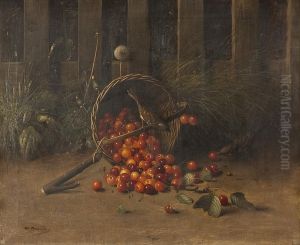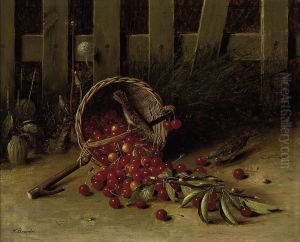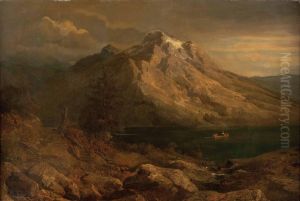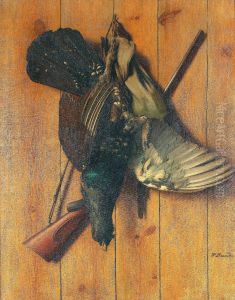Hans Heinrich Jurgen Brandes Paintings
Hans Heinrich Jürgen Brandes, born on August 31, 1854, in Dresden, Germany, was a German painter and draftsman renowned for his detailed landscape paintings, city views, and depictions of rural life. His work is characterized by a meticulous attention to detail and a profound appreciation for the natural beauty of the German countryside. Brandes' artistic journey began in his hometown of Dresden, a city known for its rich cultural heritage and vibrant art scene. He showed an early interest in art, which led him to pursue formal education in the field. Brandes studied at the Dresden Academy of Fine Arts, where he honed his skills and developed a distinctive style that would later define his career.
Throughout his life, Brandes traveled extensively across Germany and Europe, drawing inspiration from the diverse landscapes and urban environments he encountered. His travels were not only a source of artistic inspiration but also an opportunity to engage with other artists and cultural movements of his time. Brandes' work reflects a deep engagement with the natural world, often highlighting the peaceful coexistence of human and nature. His landscapes and cityscapes are imbued with a sense of tranquility and timelessness, inviting the viewer to contemplate the beauty of the everyday.
Brandes' contribution to the art world extended beyond his paintings and drawings. He was actively involved in the artistic community of Dresden and participated in numerous exhibitions, both nationally and internationally. His works were well-received by critics and collectors alike, earning him a place among the prominent German artists of his time. Despite the changing artistic trends of the late 19th and early 20th centuries, Brandes remained committed to his realistic and detailed approach to art.
Hans Heinrich Jürgen Brandes passed away on April 18, 1928, in Dresden. His legacy lives on through his artworks, which continue to be appreciated for their beauty and precision. Brandes' dedication to capturing the essence of his subjects has made his work timeless, resonating with audiences long after his passing. Today, his paintings and drawings can be found in museums and private collections, serving as a testament to his skill and vision as an artist.
